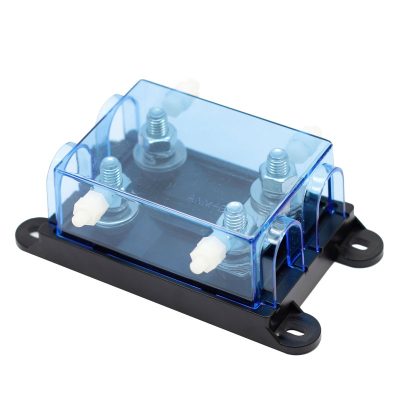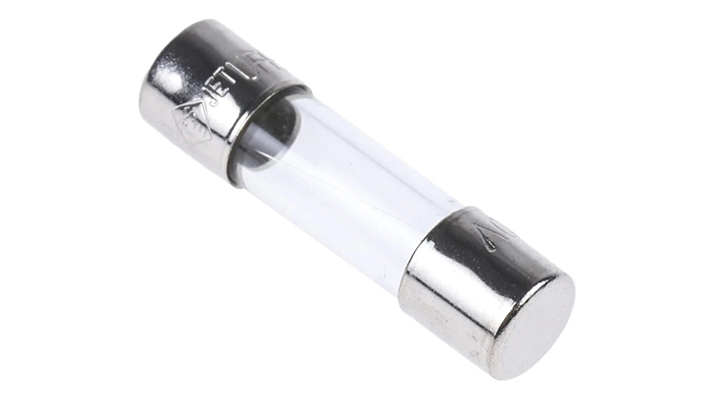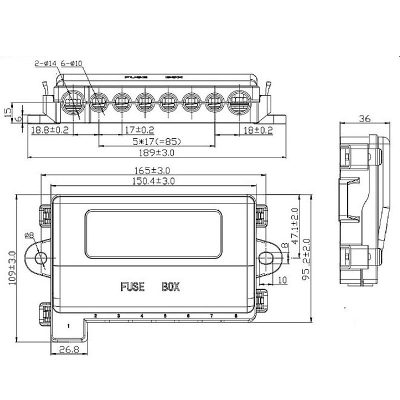Optimizing Automotive Electrical Systems with Fuse Box Bus Bars for Multi-Circuit Power Distribution
News 2025-10-31
Bus bars in automotive fuse boxes serve as essential components for distributing electrical power across multiple circuits, ensuring efficient and safe operation in vehicles. They act as a centralized conduit, connecting fuses and relays to manage current flow and prevent electrical issues. With the increasing complexity of modern automotive systems, bus bars help maintain reliability by reducing the risk of voltage drops and overheating, while supporting the integration of advanced features like infotainment and safety systems.

Key Applications in Vehicle Electrical Systems
Bus bars are widely used in automotive fuse boxes for powering critical components such as lighting, engine controls, and battery management systems. In electric and hybrid vehicles, they handle high-voltage demands for charging and propulsion, while in conventional cars, they support accessory circuits and diagnostic tools. This flexibility allows bus bars to adapt to diverse automotive environments, from compact city cars to heavy-duty trucks, enhancing overall system performance and reliability.
Advantages in Performance and Efficiency
Bus bars offer significant benefits by providing high current capacity with minimal resistance, which improves energy efficiency and reduces heat generation. Their design simplifies wiring layouts, leading to lighter vehicles and easier maintenance. Constructed from durable materials like copper or aluminum, bus bars resist corrosion and vibration, making them ideal for harsh automotive conditions and contributing to longer component lifespans and cost savings.
1. What is the role of bus bars in preventing electrical failures?
They distribute power evenly, reducing the risk of overloads and facilitating quick fault isolation in automotive systems.
2. How do bus bars enhance vehicle design?
By consolidating connections, they save space and weight, allowing for more compact and efficient electrical architectures.
3. Are bus bars compatible with modern automotive technologies?
Yes, they can be engineered to support high-voltage systems in EVs and integrate with smart electronics for better control.


